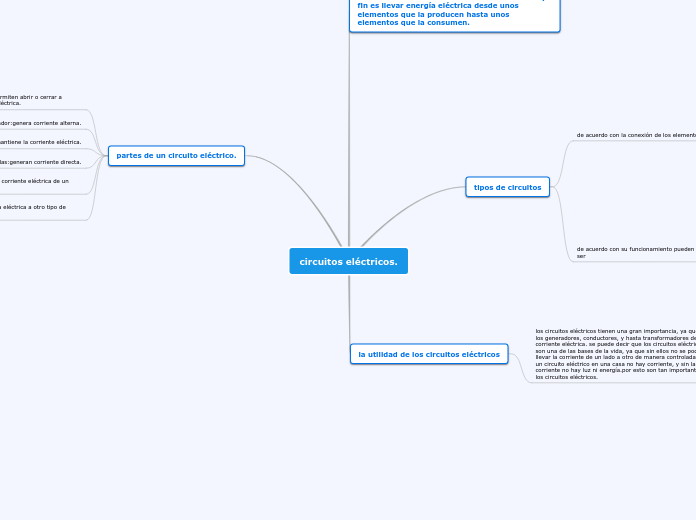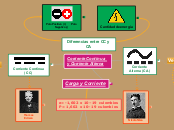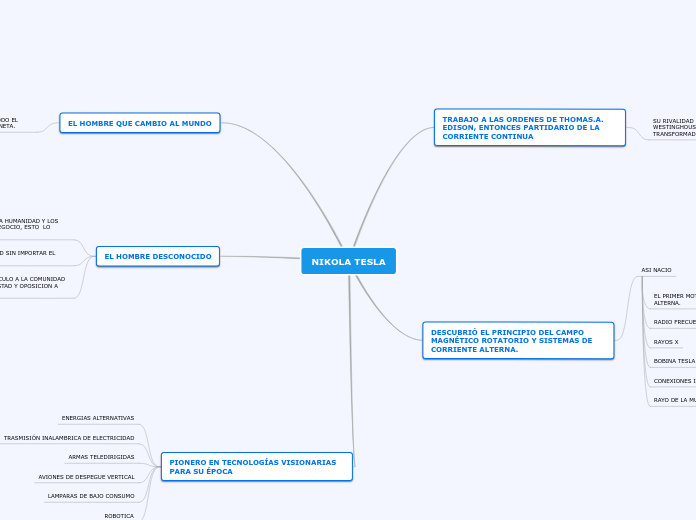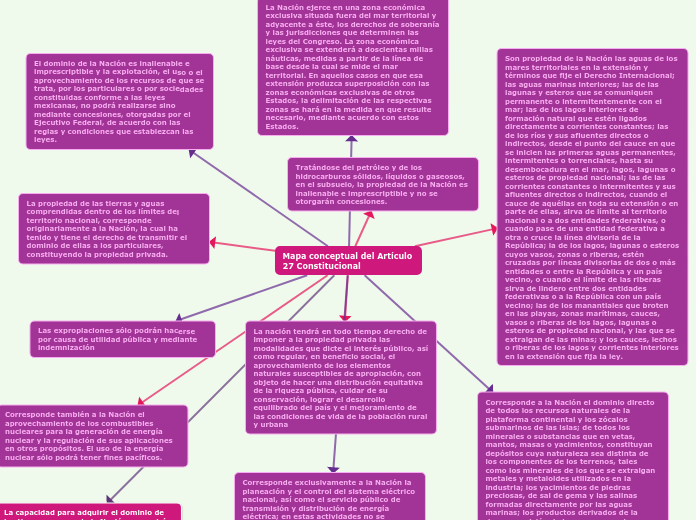Las revoluciones industriales
Segunda revolucion industrial
Principales invenciones de la Segunda Revolución Industrial
Teléfono
Avión
Automóvil
Nuevas industrias
La industria química
La industria siderometalúrgica
Fundamento
Sustitución del carbono
La electricidad
La gasolina
Surge en el ultimo tercio del siglo XIX
Relacionada con la nuevas fuentes de energia
Primera revolucion industrial
La expansión internacional
Pero este desarrollo industrial no fue homogéneo
Se concentro principalmente en el centro del cotinente Europeo
Francia
Bélgica
Alemania
Se extendió primero por el resto de Europa, y después por Estados Unidos y Japón
Las primeras industrias
Textil
Surgió para cubrir la demanda textil originada por el crecimiento demográfico
Siderúrgica
Se desarrollo para cubrir las necesidades de la creciente revolucion basada gran parte en metales
Surge en el siglo XVIII, en gran bretaña
Causas de la revolucion
Una clase social empresarial
Una buena red de comunicaciones
La disponibilidad de materia prima
Los avances tecnológicos
Maquina de vapor
Precedentes
La revolucion demográfica
Revolucion agraria
Breve Contexto
Capitalismo contemporáneo
To name your story, you have to think about the overall message and what you want your audience to understand from the story. Also, make it relevant and easy to remember.
Librecambismo
The middle of the story is where you add layers of complications that will lead to the end. Reveal more about the character's journey. Did their personality go through changes? How did they overcome the challenges? And as you build up the story’s central conflict, make it more personal to that character. Also, from the middle act, you have to lead into the final act.
Your character(s) need(s) motivation in order to solve the challenge(s).
Logro económico a gran escala
Mayor variedad y cantidad de bienes y servicios
Secondary characters also might have motivs beacuse of which they may cross path with main character or which might trigger them to help the main character.
Incremento y fomento de la competencia
Secondary characters might also have motives that lead them to cross paths with the main character or which might trigger them to help the main character.
Mayor eficacia de los productores
Why does your character need to confront this challenge? What does he/she expect to accomplish by solving it?
See a few examples:
- will marry in 3 days
- can fix the mistakes of the past
Each story has a main character and that character usually needs to solve a problem or challenge. The character's challenge is the one that creates tension throughout the story.
Adam Smith, David Ricardo, y Jhon Stuar Mil
In most stories, there are 3 challenges. The number 3 is a mystical number symbolizing completeness. Try to come up with interesting challenges with which your character needs to struggle.
See a few examples below:
- turns into a werewolf at night
- is sent back in time
Proteccionismo
In the beginning of the story (or the exposition), you will need to introduce the setting and characters. You might also want to introduce the main conflict. This part of the story is important because it gives the reader necessary background information and maybe even a first insight into a character’s personality.
Principios
The setting (time & place) of a story can change throughout the plot.
Evitar el dumping externo
Sensory details include sight, sound, touch, smell, and taste. These details are important because they create depth in your setting.
See a few examples below:
- the smell of fresh bread
- the scent of freshly cut grass
- rain falling onto the windshield etc.
Desarrollo de las industrias emergentes
The weather is an important element in your story because it can highly influence the ambiance and the mood of the characters.
Fomento de la industria
The time of the story can also change. It can describe the event of a single day or can include an entire year's plot. Anyway, don't forget to mention it.
Protección de las industrias consideradas estratégicas
Your story can take place wherever your imagination will take you to.
For example: in an elevator, in an enchanted forest, etc. Don't forget to give details of the environment each time the setting changes, otherwise, the story can be confusing. Also, mention the seasons as each of them has unique weather and events.
Representantes
Characters are essential to a good story. Usually, the protagonist(s) is/are the most affected by the plot. Introduce a character by focusing on their actions, interests, and occupation, as the physical appearance doesn't make a difference in most cases.
Alexander Hamilton
Type in the name of your character.










